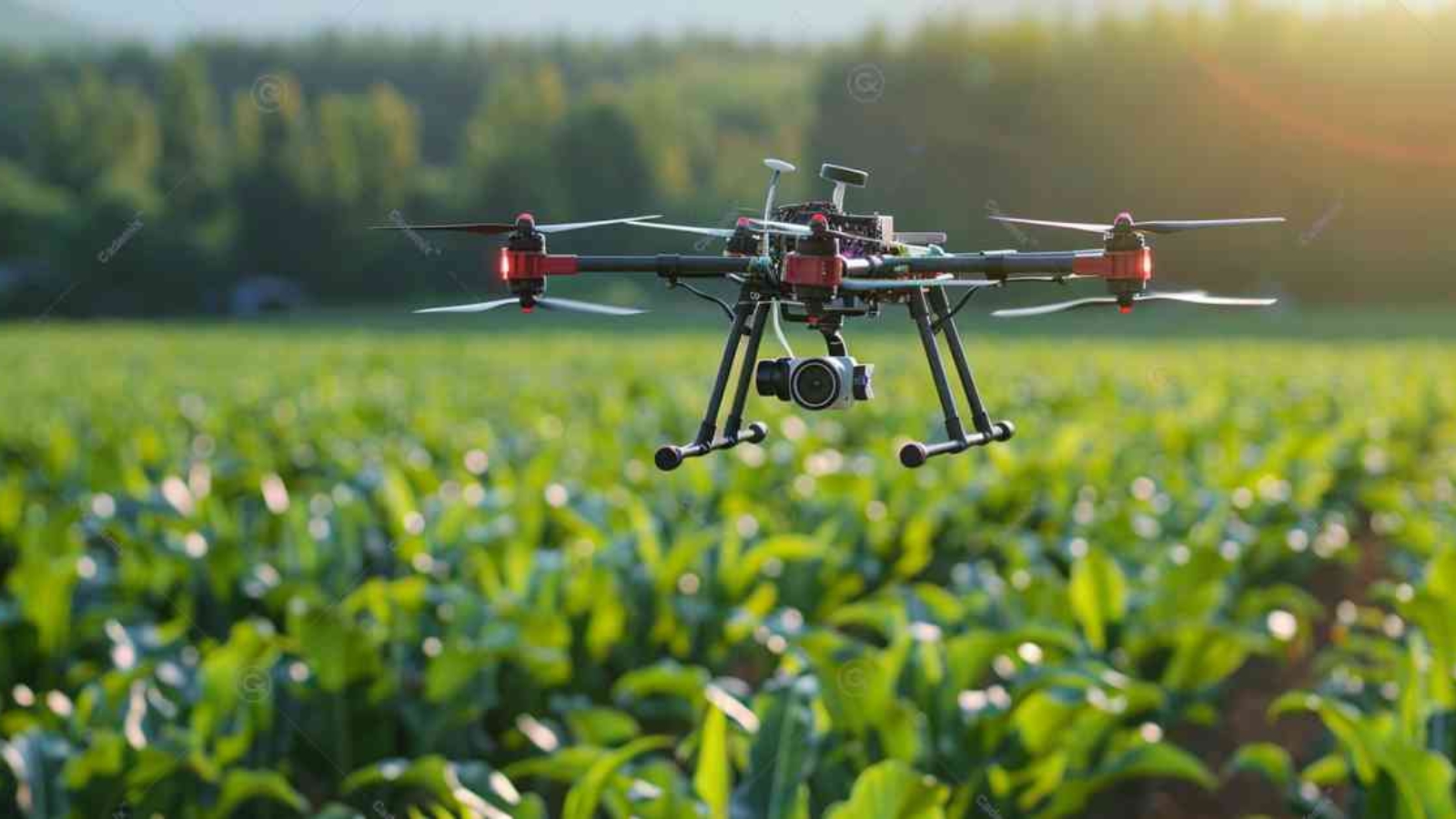The agricultural sector is undergoing a transformative shift driven by technological advancements. For decision-makers and students looking to align their careers or strategic initiatives with the future of agriculture, understanding the current state and future trajectory of these technologies is crucial. This article provides a comprehensive analysis of new technology in agriculture, leveraging the Gartner Hype Cycle framework, and explores anticipated developments over the next three to five years.
Keywords: new technology in agriculture, agricultural innovation, future trends in agriculture, Hype Cycle in agriculture, agtech, smart farming, precision agriculture
Understanding the Hype Cycle in Agriculture Technology
The Gartner Hype Cycle is a graphical representation that illustrates the maturity, adoption, and social application of specific technologies. It consists of five phases: Innovation Trigger, Peak of Inflated Expectations, Trough of Disillusionment, Slope of Enlightenment, and Plateau of Productivity. This framework helps stakeholders make informed decisions by understanding the realistic capabilities and future potential of emerging technologies.
Phases of the Hype Cycle
- Innovation Trigger: A potential technology breakthrough kicks things off. Early proof-of-concept stories and media interest trigger significant publicity.
- Peak of Inflated Expectations: Early publicity produces several success stories—often accompanied by scores of failures. Some companies take action; many do not.
- Trough of Disillusionment: Interest wanes as experiments and implementations fail to deliver. Producers of the technology shake out or fail. Investments continue only if the surviving providers improve their products to the satisfaction of early adopters.
- Slope of Enlightenment: More instances of how the technology can benefit the enterprise start to crystallize and become more widely understood. Second- and third-generation products appear from technology providers. More enterprises fund pilots; conservative companies remain cautious.
- Plateau of Productivity: Mainstream adoption starts to take off. Criteria for assessing provider viability are more clearly defined. The technology’s broad market applicability and relevance are clearly paying off.
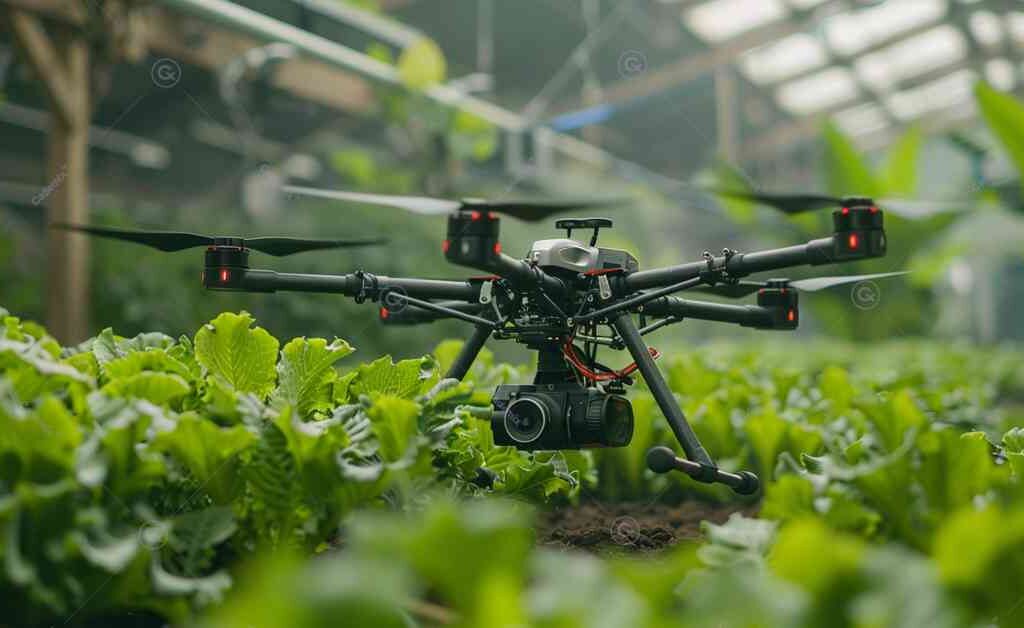
Current Technologies in Agriculture: Position on the Hype Cycle
Precision Agriculture
New Technologies in Agriculture
Position: Plateau of Productivity
Overview: Precision agriculture involves the use of technologies such as GPS, IoT, and data analytics to optimize field-level management regarding crop farming. These technologies enable farmers to make data-driven decisions to improve crop yields and reduce waste.
Current Applications:
- GPS-guided equipment for planting and harvesting
- Soil sensors to monitor moisture and nutrient levels
- Drones and satellite imagery for crop monitoring
Future Prospects: The continued integration of AI and machine learning will further enhance precision agriculture, enabling more accurate predictions and personalized farming practices.
Drones and Aerial Imaging
New Technologies in Agriculture
Position: Slope of Enlightenment
Overview: Drones are used for various agricultural purposes, including crop monitoring, spraying, and mapping. They provide high-resolution aerial images that help in identifying issues such as pest infestations, water stress, and nutrient deficiencies.
Current Applications:
- Aerial surveillance to monitor crop health
- Precision spraying of pesticides and fertilizers
- Generating detailed maps for field analysis
Future Prospects: Advances in drone technology, including longer flight times and enhanced imaging capabilities, will increase their utility. Integration with AI for real-time data analysis is expected to make drones indispensable in smart farming.
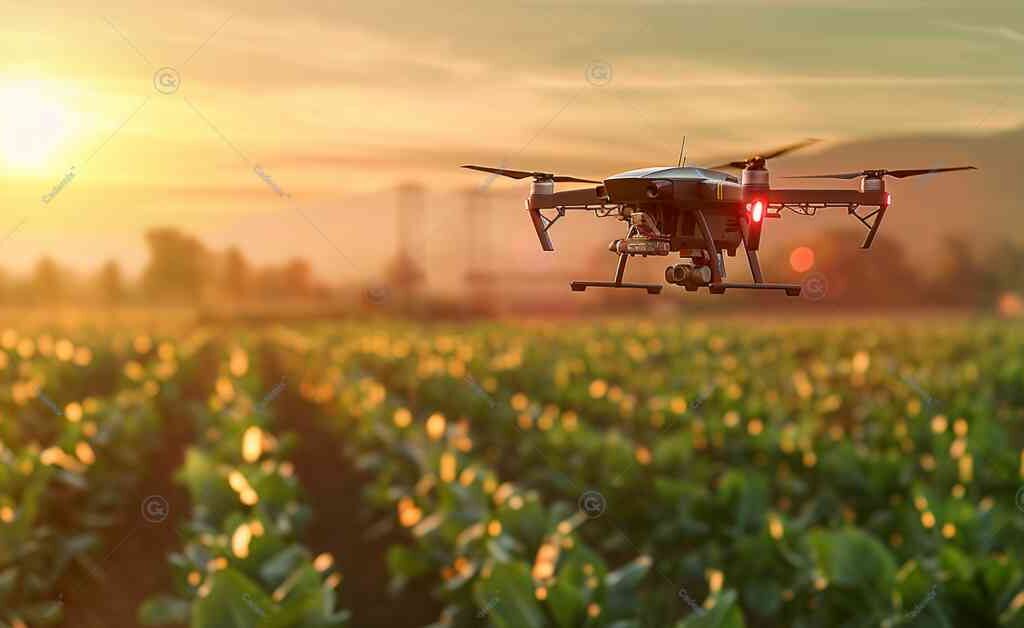
IoT in Agriculture
New Technologies in Agriculture
Position: Peak of Inflated Expectations
Overview: The Internet of Things (IoT) in agriculture involves interconnected devices that collect and share data to monitor and manage agricultural activities. This includes everything from soil sensors and weather stations to smart irrigation systems.
Current Applications:
- Remote monitoring of soil moisture and weather conditions
- Automated irrigation systems
- Livestock tracking and health monitoring
Future Prospects: As IoT devices become more affordable and robust, their adoption will increase. The development of 5G networks will enhance connectivity, making IoT applications more reliable and widespread.
Vertical Farming
New Technologies in Agriculture
Position: Trough of Disillusionment
Overview: Vertical farming involves growing crops in stacked layers, often in controlled indoor environments. This method aims to maximize space use and reduce the environmental footprint of farming.
You can find more of Vertical Farming with Artificial Light Here.
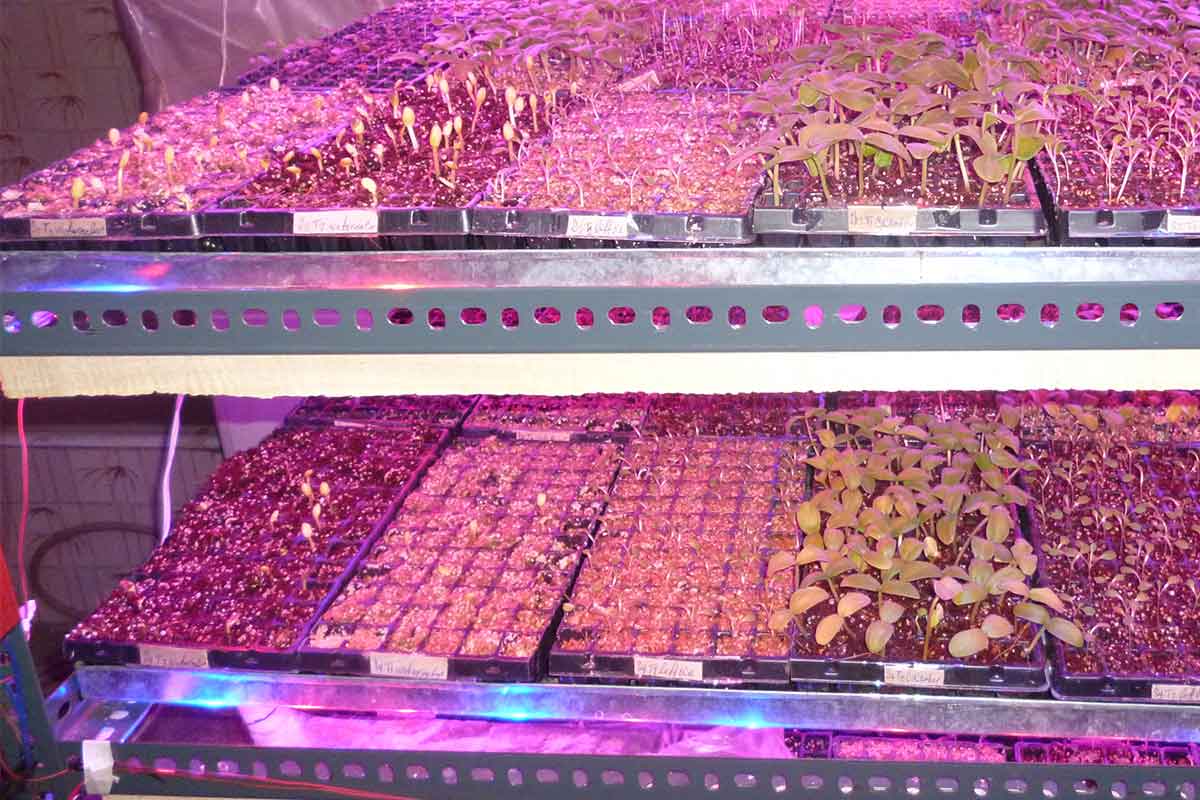
Current Applications:
- Urban farms producing leafy greens and herbs
- Research facilities testing crop growth under controlled conditions
- Commercial vertical farms supplying local markets
Future Prospects: Despite current challenges related to high energy costs and technical complexity, advancements in LED lighting and automation could make vertical farming more viable. Improved energy efficiency and economies of scale are critical for its success.
Blockchain for Supply Chain Transparency
Position: Innovation Trigger
Overview: Blockchain technology offers a secure and transparent way to track the journey of agricultural products from farm to table. It helps in ensuring food safety, traceability, and authenticity.
Current Applications:
- Tracking the origin and journey of organic produce
- Verifying the authenticity of high-value crops like coffee and cocoa
- Ensuring compliance with food safety standards
Future Prospects: As blockchain technology matures, its integration with IoT and AI will enhance supply chain transparency. Wider adoption could lead to more secure and efficient agricultural supply chains.
Emerging Technologies: The Next Three to Five Years
New Technologies in Agriculture
Artificial Intelligence and Machine Learning
Expected Position: Slope of Enlightenment
Overview: AI and machine learning are set to revolutionize agriculture by providing advanced analytics and decision-making tools. These technologies can analyze vast amounts of data to offer insights on crop health, weather patterns, and market trends.
Anticipated Applications:
- Predictive analytics for crop yields and pest outbreaks
- Autonomous farming equipment powered by AI
- AI-driven market analysis for better pricing strategies
Impact: The ability of AI to provide real-time insights and automate decision-making processes will significantly enhance productivity and sustainability in agriculture.
Are you curious to read more of 10 Tech Trends in Agriculture innovation? Click Here.
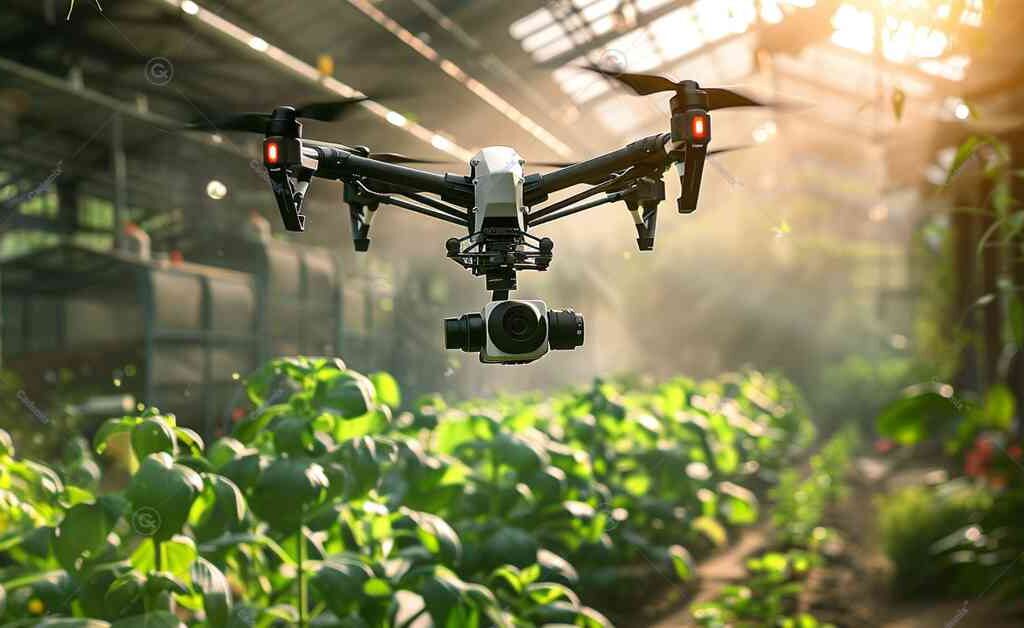
CRISPR and Gene Editing
Expected Position: Innovation Trigger
Overview: CRISPR and other gene-editing technologies enable precise modifications to the DNA of plants and animals. This can lead to the development of crops that are more resistant to diseases, pests, and environmental stressors.
Anticipated Applications:
- Developing drought-resistant crop varieties
- Enhancing nutritional content of staple crops
- Creating livestock with improved health and productivity
Impact: The potential to improve crop resilience and productivity through gene editing is enormous. However, ethical considerations and regulatory frameworks will play a crucial role in its adoption.
Autonomous Vehicles and Robotics
Expected Position: Peak of Inflated Expectations
Overview: Autonomous vehicles and robotics are being developed to handle various agricultural tasks such as planting, harvesting, and weeding. These technologies aim to reduce labor costs and increase efficiency.
Anticipated Applications:
- Self-driving tractors for planting and tilling
- Robotic harvesters for fruits and vegetables
- Automated weeding robots
Impact: The adoption of autonomous vehicles and robotics will transform labor-intensive agricultural practices. However, initial costs and technical challenges must be addressed for widespread adoption.
Advanced Biopesticides and Biofertilizers
New Technologies in Agriculture
Expected Position: Trough of Disillusionment
Overview: Advanced biopesticides and biofertilizers are developed from natural organisms and materials to promote sustainable farming practices. These products aim to reduce the environmental impact of traditional chemical inputs.
Anticipated Applications:
- Biopesticides derived from beneficial microbes and plants
- Biofertilizers that enhance soil fertility and crop growth
- Integrated pest management systems
Impact: While biopesticides and biofertilizers offer sustainable alternatives, their effectiveness and cost-competitiveness with traditional chemicals are ongoing challenges. Continued research and development are needed to overcome these barriers.
Strategic Recommendations for Decision Makers and Students
New Technologies in Agriculture
For Decision Makers
- Invest in Research and Development: Allocate resources to R&D initiatives that focus on sustainable and advanced agricultural technologies. Partnerships with academic institutions and tech companies can accelerate innovation.
- Adopt a Phased Approach: Implement new technologies in phases to assess their effectiveness and scalability. Pilot projects can provide valuable insights before full-scale deployment.
- Focus on Training and Education: Ensure that farmers and agricultural workers are trained to use new technologies effectively. This includes providing access to educational programs and resources.
- Support Sustainable Practices: Prioritize technologies that promote sustainability and reduce environmental impact. Incentives for adopting eco-friendly practices can drive wider acceptance.
For Students
- Stay Informed: Keep up-to-date with the latest developments in agricultural technology. Attend conferences, webinars, and workshops to learn from industry experts.
- Gain Practical Experience: Participate in internships, field studies, and research projects to gain hands-on experience with emerging technologies.
- Develop Interdisciplinary Skills: Combine knowledge of agriculture with skills in data analysis, engineering, and business management. This interdisciplinary approach will be valuable in the evolving agritech landscape.
- Engage in Networking: Build connections with professionals in the agriculture and technology sectors. Networking can open up opportunities for collaboration and career advancement.
Conclusion and Call to Action
The future of agriculture is being shaped by rapid technological advancements that promise to enhance productivity, sustainability, and profitability. By understanding the current state and future trajectory of these technologies through frameworks like the Hype Cycle, decision-makers and students can make informed choices that align with their goals and the evolving needs of the agricultural sector.
For those looking to delve deeper into the potential of new technologies in agriculture and how to leverage them effectively, consider joining the Cademix Acceleration Program. Our consultancy services and educational programs are designed to support stakeholders in navigating the complexities of agritech and achieving their strategic objectives.

Discover our Cademix Career Autopilot program and learn how we can help you stay ahead in the rapidly evolving world of agricultural technology. For additional resources and insights on emerging technologies in agriculture, visit AgFunder and [PrecisionAg]

